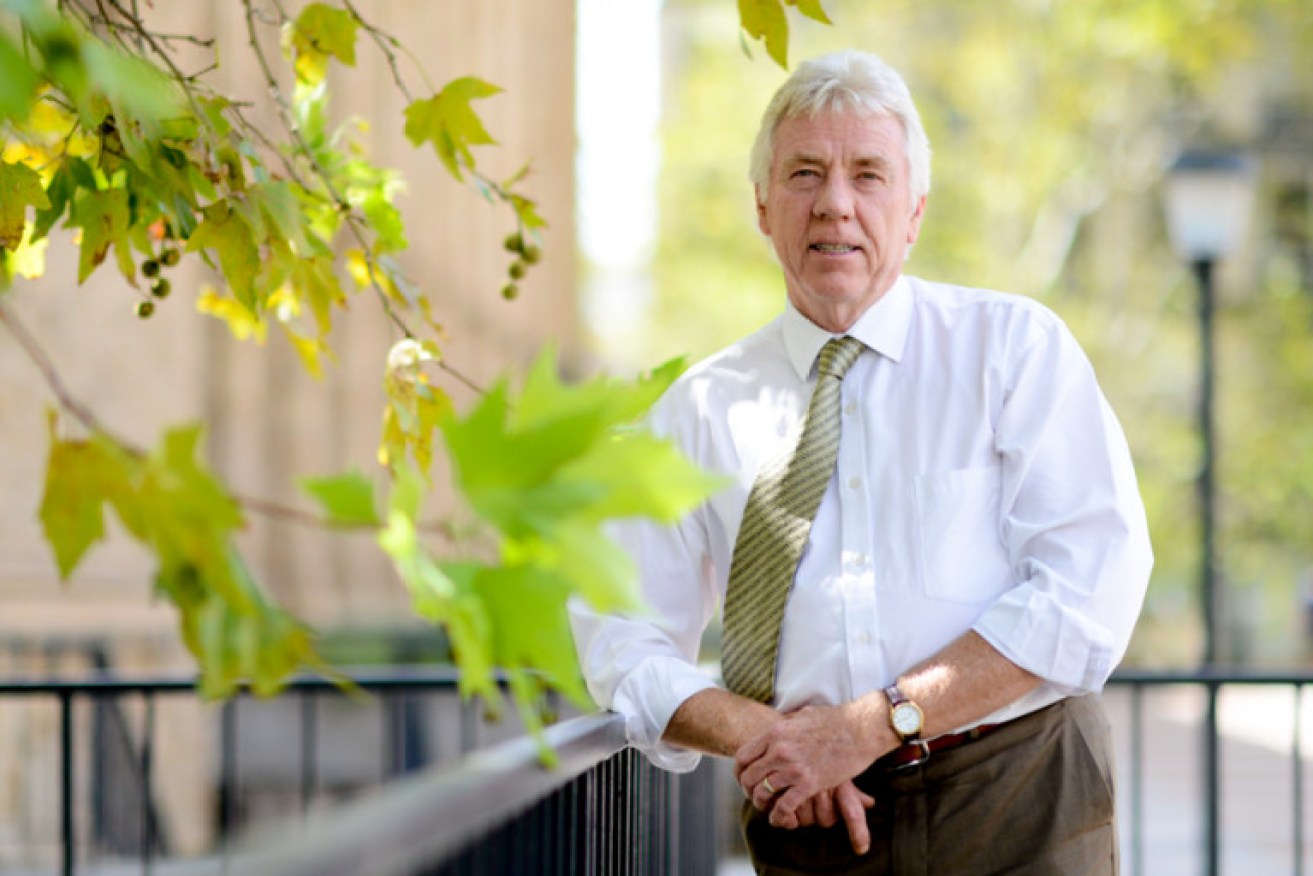South Australia’s decision-makers were asleep at the wheel as thousands of manufacturing jobs dried up in the last three decades, says a leading economist.
In a special presentation to a leading institution on Wednesday, SA’s Centre for Economic Studies Executive Director Michael O’Neil said economic transition had already occurred and current proposals for post-Holden project funding by government would fail.
“In 29 years we lost 1000 manufacturing jobs each year (29,000),” O’Neil said.
“Employment share of manufacturing declined from 17.8 per cent to 8.9 per cent.
“Job losses from Mitsubishi, GMH, Kelvinator, Simpson Pope, Bridgestone and others were principally mass assembly jobs.
“There is a lack of detailed and thoughtful analysis of all of the above so that what we end up with in SA is a degree of muddling through, a short-sightedness, and a focus on manufacturing and more recently mining, when other sectors hold the prospect of even stronger growth and employment.”
O’Neil’s private presentation to the board of a major institution detailed how South Australia’s economy had been going through a major shift and that like the Titanic, we hadn’t seen the iceberg coming.
“The decision by GMH and Toyota brings to an end the industrial and development policies of the Playford era.
“It was the iceberg phenomenon: the last one-ninth above the water moving towards us with 8/9ths below the water.
“That period of attracting industrial development and investment supported by large scale immigration, manufacturing protected behind tariffs walls (with strong union support), quotas and restrictions more generally on international trade, is gone.”
O’Neil said the political responses to the decline in manufacturing had missed the mark.
“The 1980s and 1990s continued the approach of attempts to attract new businesses through the soft subsidy approach – financial incentives to outbid other states for EDS, Motorola, Westpac Processing Centre, JP Morgan – all failed.
“These crudely applied production subsidies and/or location incentives never really contained enforceable reciprocal obligations.
“They confirm the futility of pouring taxpayer funded subsidies into attempts to ‘reshape SA’s future’ especially through footloose companies. They all left.”
In his presentation O’Neil proffered an alternative – facilities, not projects.
“If we are to chase international business investment chase the research institutes and research activities to complement our universities and from which business start- ups will occur.
“This is the DSTO and electronics industry story in SA, the agricultural research and productivity of agriculture story, the excellence in wine research and wine production.
“Victoria has done it with medical and biotechnology, with nanotechnology, by the use of competitive grants (for mainly) University research and development facilities, not projects, with required co-contributions from business: correcting market failure, not creating unsustainable market distortions.”
In a later discussion with InDaily, O’Neil pointed to the recent success of Hills Ltd which has transformed itself from a hardware manufacturer to a technology and innovation group.
“They did it without a special project grant from a government.”
O’Neil said it was time South Australia’s leaders developed a long-term view of where and how to build the economy.
“We still do not have an ‘economic narrative’ in this state that sheets home domestic realities, that challenges our conservatism and that excites business and the community about future opportunities and prospects.
“Rarely do you hear people talk about opportunities from an ageing demographic and the decline of the industrial structure they grew up with.
“Nor do you hear them acknowledge the young people and the new employment, technology-based and knowledge-based economy of biotech, agriculture and food processing, ICT, health sciences, creative-innovation industries that they are creating.”
O’Neil said there needed to be a sophisticated agenda for South Australia’s economic development, based on an environment of high completion rates of education and training, good health services, low crime rates and a culture of entrepreneurship.
These, he said, have been shown in other economies to be the drivers of higher economic growth rates, “essentially because they provide an attractive environment for business investment”.
South Australia: Change in Employment, 1985-2013 (in ‘000s of employees)
|
Sector |
August 1985 |
August 2013 |
Lost/Gained |
|
Agriculture, Forestry and Fishing |
44.0 |
32.4 |
-11.62 |
|
Mining |
7.3 |
12.2 |
4.95 |
|
Manufacturing |
103.3 |
73.4 |
-29.90 |
|
Electricity, Gas, Water and Waste Services |
10.8 |
9.6 |
-1.26 |
|
Construction |
39.7 |
68.6 |
28.87 |
|
Wholesale Trade |
28.5 |
30.4 |
1.94 |
|
Retail Trade |
61.3 |
91.9 |
30.61 |
|
Accommodation and Food Services |
29.6 |
52.6 |
23.06 |
|
Transport, Postal and Warehousing |
32.0 |
38.0 |
6.00 |
|
Information Media and Telecommunications |
13.2 |
13.3 |
0.09 |
|
Financial and Insurance Services |
20.1 |
22.6 |
2.52 |
|
Rental, Hiring and Real Estate Services |
6.5 |
12.1 |
5.60 |
|
Professional, Scientific and Technical Services |
19.5 |
47.8 |
28.30 |
|
Administrative and Support Services ; |
9.2 |
27.3 |
18.09 |
|
Public Administration and Safety |
26.9 |
55.2 |
28.33 |
|
Education and Training |
40.3 |
68.4 |
28.09 |
|
Health Care and Social Assistance |
55.0 |
114.4 |
59.46 |
|
Arts and Recreation Services |
6.0 |
12.6 |
6.68 |
|
Other Services |
25.6 |
32.8 |
7.17 |
|
Total (ANZSIC06 DIVISION LEVEL) |
578.8 |
815.7 |
236.96 |
Source: SACES analysis. ABS, Labour Force data.





